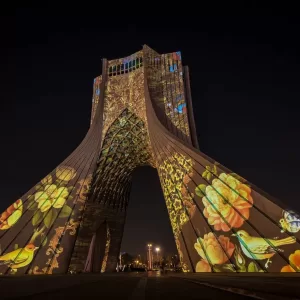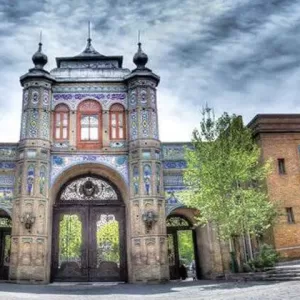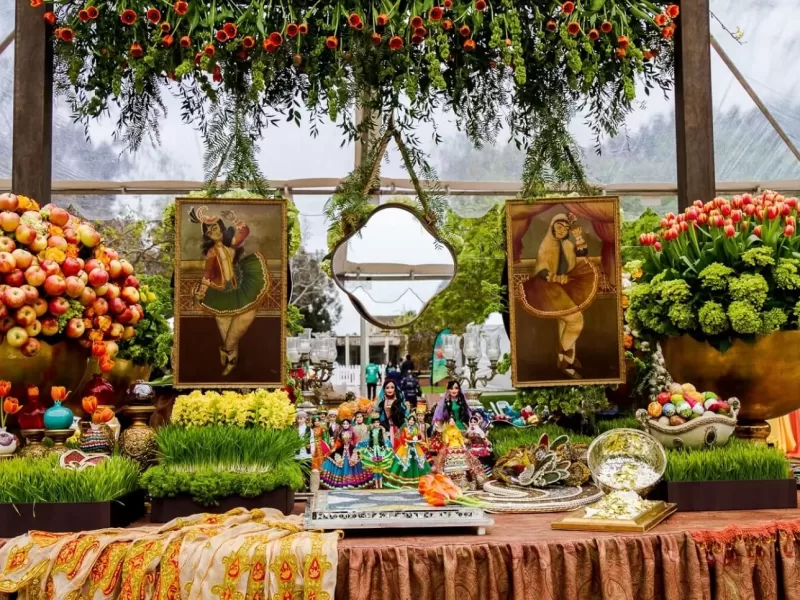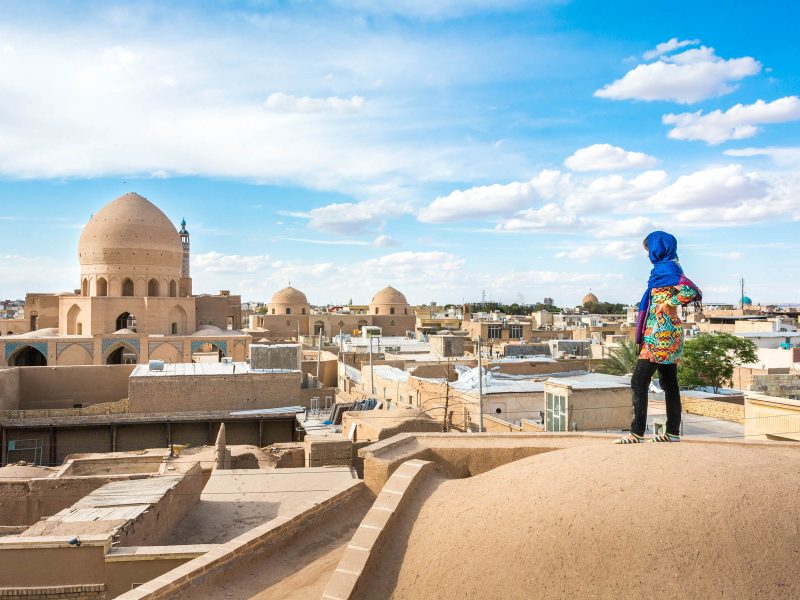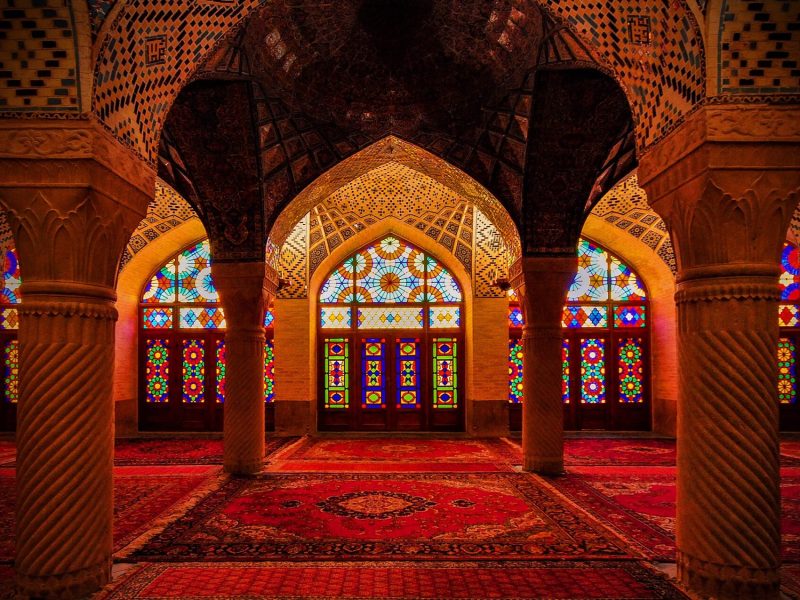Introduction
The Golestan Palace is one of the most magnificent historical and cultural attractions in Tehran, Iran. It is an ensemble of beautiful buildings, museums, halls, and gardens that were once used as the royal residence of the Qajar dynasty. This palace was constructed over a period of centuries and is now considered one of the most important examples of Persian art and architecture.
Description: The Golestan Palace is located in the heart of Tehran and is a complex of 17 structures, including museums, halls, and gardens. The palace has been designated as a UNESCO World Heritage Site for its rich cultural, architectural and historical significance. Visitors can enjoy walking through the magnificent halls, admiring the beautiful stained-glass windows and intricate tilework, and exploring the fascinating museums and exhibitions.
Some brief facts about the Golestan Palace of Tehran
- The Golestan Palace is a historic complex in Tehran, Iran.
- It was the former residence of the Qajar dynasty and a center of political power in Iran.
- The complex includes several buildings, including the Marble Throne, the Mirror Hall, and the Arts Museum.
- The palace was built in the 16th century, with additions and renovations made in the 18th and 19th centuries.
- The palace was registered as a UNESCO World Heritage Site in 2013.
- The palace is considered a symbol of Persian art, architecture, and cultural heritage.
History of the Golestan Palace
The Golestan Palace in Tehran, Iran has a rich history dating back to the 16th century. The palace was originally built as a residence for the Safavid dynasty and has since undergone many additions and renovations. During the Qajar dynasty, the palace served as the royal court and was the center of political power in Iran. During this time, the palace underwent significant architectural changes, including the addition of new buildings and the expansion of existing structures.
In the late 19th and early 20th centuries, the palace was used as a royal museum and housed various exhibitions and displays. During this time, many of the palace’s treasures and historical artifacts were preserved and displayed to the public.
In 1925, the palace was damaged during an attack by the military, but was later restored and reopened to the public. Today, the Golestan Palace is a UNESCO World Heritage Site and one of the most popular tourist attractions in Tehran, attracting millions of visitors each year. The palace remains an important symbol of Iran’s rich cultural heritage and serves as a reminder of the country’s rich and fascinating history.
Architecture
The architecture of the Golestan Palace is a beautiful blend of Persian, European, and traditional styles. The intricate tilework, stunning stained-glass windows, and beautifully carved wooden doors are some of the most striking features of the palace’s design. The Shams al-Emareh building is a particularly impressive example of the palace’s architecture. This building is a tall, ornate structure with a mix of traditional Persian and European elements, and is a true testament to the skills and creativity of the artisans of the time.
Attractions inside Golestan Palace
The Golestan Palace is home to a number of museums and exhibitions that showcase the rich history and culture of Iran. Some of the most popular attractions include the Museum of Treasury and National Jewels, the Shams al-Emareh Museum, and the Exhibited Hall of Iran’s Cultural Heritage. Visitors can also enjoy the beautiful gardens, including the Hall of Diamonds and the Helal-Ahmar Hall. Whether you are interested in art, history, or architecture, the Golestan Palace is sure to leave you with a sense of wonder and appreciation for the rich cultural heritage of Iran.
Best time to visit the Golestan Palace
The best time to visit the Golestan Palace is in the spring or fall when the weather is mild and the crowds are not as large. The palace is open to visitors every day except for a few national holidays.
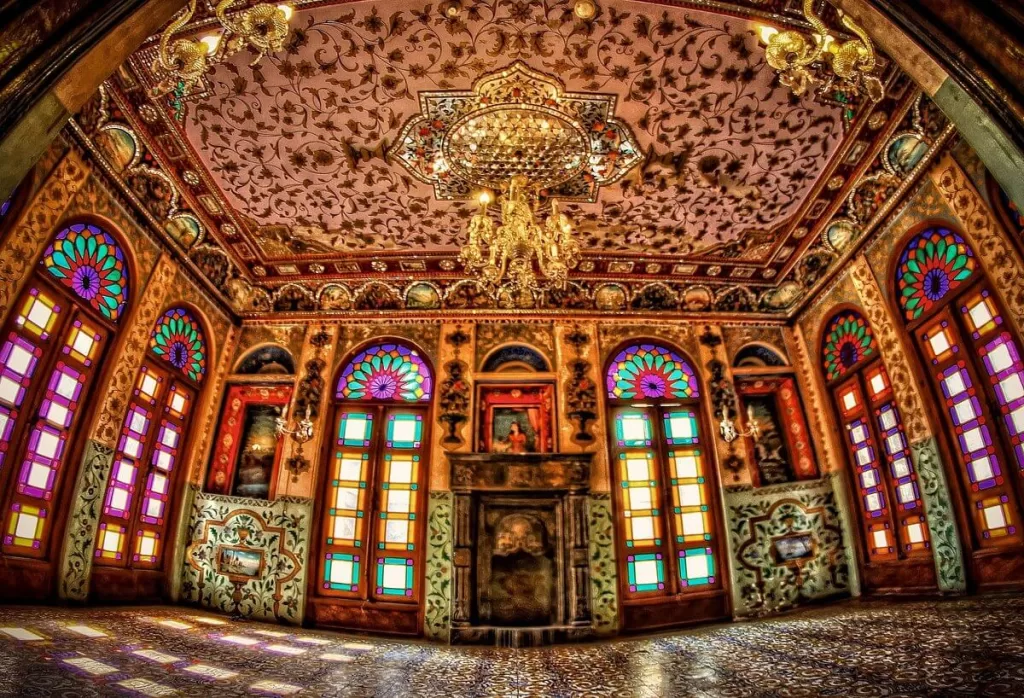
Why you should visit the Golestan Palace?
- * The work is listed on the UNESCO heritage list as one of Iran’s world works of art.
- * It is considered to be a unique example of architecture and decoration. You can’t find examples of tiling in this collection anywhere else.
- * One of Tehran’s most famous locations for photography and capturing eye-catching images is here.
- * This site offers a fascinating look at history and a pleasant atmosphere to enjoy.
- * It is very easy to reach by public transport.
- * As it is situated in the old context of Tehran, it transports you back in time to a time when the capital was at its most affluent and prosperous.
- * The building is regarded as an example of the fusion of Iranian and European architecture.
- * The site is a popular tourist attraction among foreign visitors to Tehran.
- * There are a number of museums in this complex that cover a variety of interesting topics.
- * The palace was one of the main residences of the Qajar kings.
- * This site’s house album is one of the world’s most important repositories of photographs and films, after the British Museum.
- * There are a number of manuscripts and written documents of the Qajar era housed at the Golestan Palace Manuscript Center, which is widely regarded as one of the most important manuscript centers in the world.

